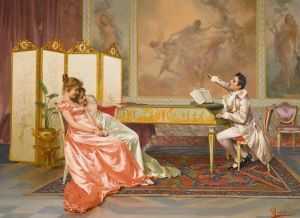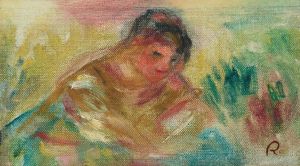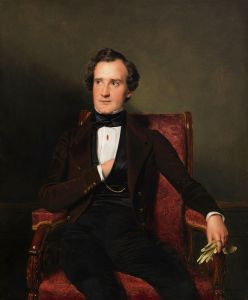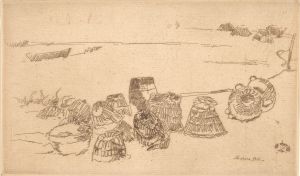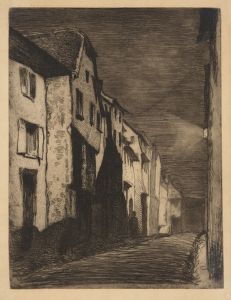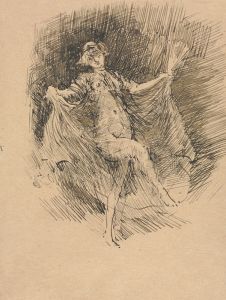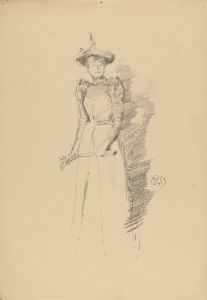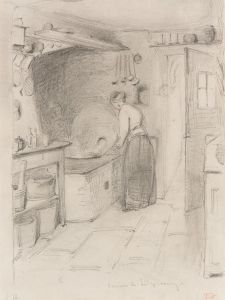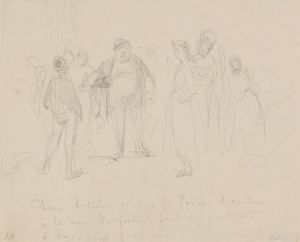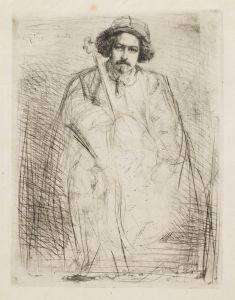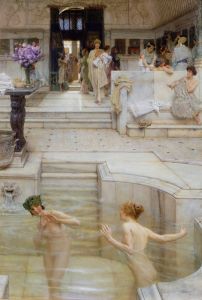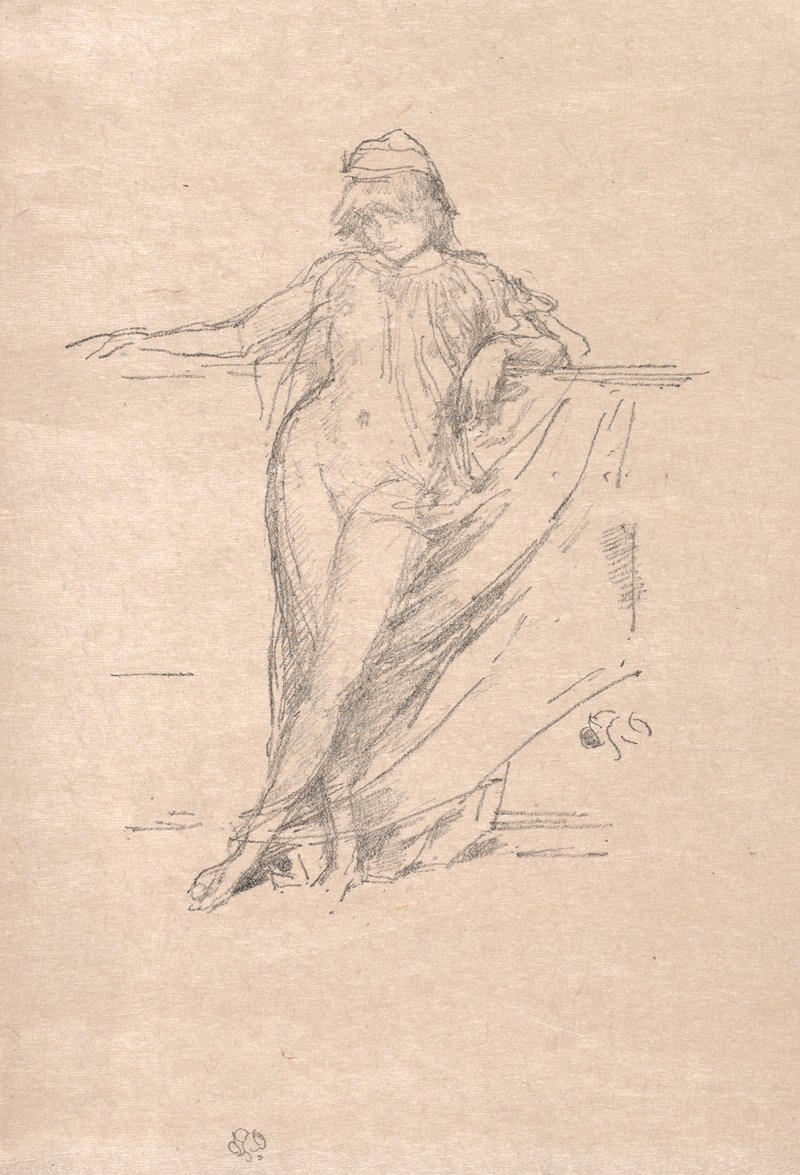
Little Draped Figure Leaning
A hand-painted replica of James Abbott McNeill Whistler’s masterpiece Little Draped Figure Leaning, meticulously crafted by professional artists to capture the true essence of the original. Each piece is created with museum-quality canvas and rare mineral pigments, carefully painted by experienced artists with delicate brushstrokes and rich, layered colors to perfectly recreate the texture of the original artwork. Unlike machine-printed reproductions, this hand-painted version brings the painting to life, infused with the artist’s emotions and skill in every stroke. Whether for personal collection or home decoration, it instantly elevates the artistic atmosphere of any space.
James Abbott McNeill Whistler was an American artist known for his contributions to the art world during the late 19th century. He was a proponent of the Aesthetic Movement, which emphasized the visual and sensual qualities of art and design over practical, moral, or narrative considerations. Whistler's work often focused on the harmony of color and form, and he was known for his innovative approach to composition and subject matter.
"Little Draped Figure Leaning" is one of Whistler's lesser-known works. While there is limited information available specifically about this piece, it is consistent with Whistler's broader body of work, which often featured figures in various states of dress and undress, exploring the interplay of light, shadow, and texture. Whistler's interest in the human form and his ability to capture subtle nuances of posture and expression are evident in many of his paintings and drawings.
Whistler's artistic style was heavily influenced by his time in Europe, particularly his exposure to the works of the French Realists and the Impressionists. He was also inspired by Japanese art, which is reflected in his use of space and composition. This influence is evident in the simplicity and elegance of his figure studies, where he often employed a limited color palette and focused on the delicate rendering of fabric and flesh.
Throughout his career, Whistler was known for his meticulous attention to detail and his insistence on the importance of the artist's vision. He often titled his works using musical terms, such as "symphony" or "nocturne," to emphasize the aesthetic experience over the subject matter. This approach is indicative of his belief in "art for art's sake," a central tenet of the Aesthetic Movement.
Whistler's work, including pieces like "Little Draped Figure Leaning," often faced mixed reviews from critics. However, his influence on the art world was significant, as he challenged traditional notions of beauty and representation. His emphasis on the visual and emotional impact of art helped pave the way for future movements, such as Modernism.
Despite the lack of specific information about "Little Draped Figure Leaning," it can be appreciated within the context of Whistler's broader oeuvre. His ability to convey mood and atmosphere through subtle variations in tone and composition is a hallmark of his style. Whistler's legacy endures through his innovative approach to art and his contributions to the development of modern aesthetics.





